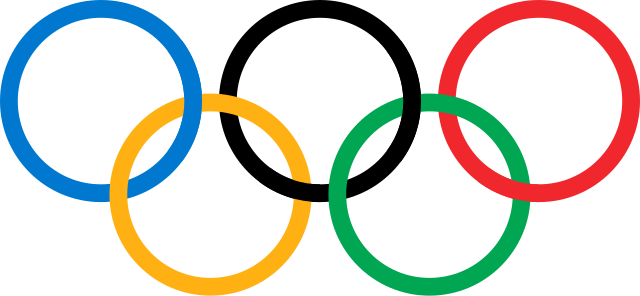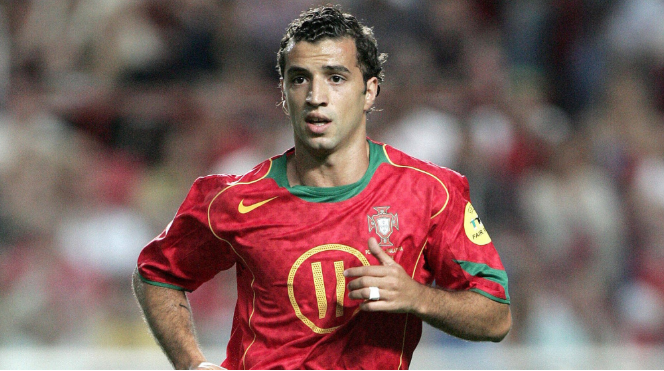How China’s not-so-big football spenders get by
Newly rich Chinese football isn’t all about millionaire players and famous coaches — just ask the smaller teams, who are living firmly in the shadow of their well-heeled neighbours.
Chinese Super League clubs took the transfer market by storm this year when they collectively splashed out more than $400 million on players, including some still in their prime.
Guangzhou Evergrande were among the big spenders, extending a policy which has brought them six straight Chinese titles and two AFC Champions League wins in recent years.
But just a short distance away at the Yuexiushan Stadium, life is very different for Evergrande’s city rivals Guangzhou R&F, who take a more low-key approach.
R&F don’t pay exorbitant sums for foreign players, and they’re a long way from winning Asia’s Champions League. Instead, they put their faith in their academy system and home-grown talent.
“Evergrande spend a lot of money, and they pick the best players from around the world and every single club in China,” assistant general manager Tyler Guo said at last week’s LeSports Connects sports business forum in Dongguan, a couple of hours’ drive from Guangzhou.
“We operate in a relatively more rational way. We produce our own players, we promote Chinese talent so they can play and reach the national team.
“We also transfer a lot (of players) out to other clubs to make a balance financially too.”
R&F’s modest strategy means attracting fans can be hard — they have an average attendance of around 10,000, the lowest in the Super League, while Evergrande draw about 44,000.
But R&F finished a creditable sixth this year, one place above Hebei China Fortune, who spent big to lure ex-Manchester City and Real Madrid coach Manuel Pellegrini.
President Xi Jinping fired the starting gun on China’s race to acquire players — and foreign clubs — when he outlined ambitions to turn the country into a global football power.
It left China’s more thrifty teams with a decision to make: try to match the spending of Evergrande, Jiangsu Suning, Shandong Luneng and others, or find different ways to compete.
Tyler said R&F concentrate on grassroots and their “southern China style” of football, which he describes as short-passing with an emphasis on control, “a little bit like Barcelona”.
Their biggest acquisition by far this year was attacking midfielder and Israel captain Eran Zahavi from Maccabi Tel Aviv for 7.2 million euros ($7.6 million).
Zahavi was “obviously undervalued”, said Guo. “He’s really, really good in terms of (his statistics), strategic fit and the coach’s requirement.
“We typically look for these kinds of players.”
Such sentiments aren’t often associated with the Super League, which welcomed Hulk, Graziano Pelle, Alex Teixeira, Ezequiel Lavezzi and Ramires among a parade of top-level players this year.
Guo said the “crazy” spending was only set to continue in China’s 16-team top tier, predicting the country’s football boom could last for another five years.
“We expect the competition is going to be more fierce next season. We’re actually pumping more money into it,” he said.
“Sometimes it’s not about how much you spend in absolute terms — it’s how much you spend in comparison to others.”
Guo said much of Chinese clubs’ spending came from private sources, as TV revenues only account for about 40-50 million yuan ($5.8-7.2 million) a year, roughly a tenth of their overall budget.
Revenue from merchandising and sponsorships — which are often taken up by the company that owns the club — also remains “very, very small”, he said.
“You can feel that everybody’s still investing a lot of money. It’s not about returns, not yet… I’m not sure how they measure their return on investment, but I’m quite sure they have very, very deep pockets,” said Guo.
While some Chinese clubs are the properties of large private companies or even state-owned businesses, R&F are owned by a real estate firm which is listed on the Hong Kong stock exchange, meaning it is accountable to its shareholders, said Guo.
As well as their strong academy system, partly masterminded by head coach Dragan Stojkovic, R&F work hard on their community involvement in Guangzhou, China’s third-biggest city.
“We’re looking for a sustainable way to run it. We’re looking at 10 years, 15 years, 20 years. It’s not about two years or three years,” said Guo.
When asked about the approach of rival clubs, who may be spending far more than they can recoup, Guo shrugged. “It’s China,” he smiled.


